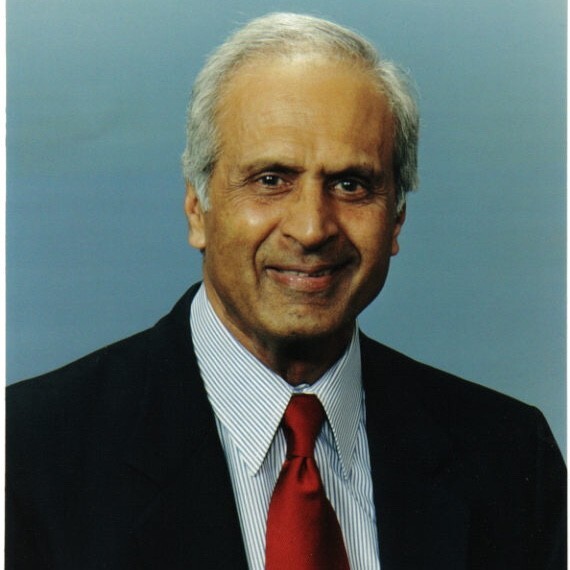Many clients come to me when they feel stuck in their current role and are not able to break through the promotion barrier to get the next higher title. The most common refrain in these discussions is how others around them holding higher titles are barely able to do their jobs and how the company rewards politics over performance.
When clients complain about these unfair treatments and “arbitrary” practices in their organization they are ignoring that many of these “successes” may be doing something right. Not able to understand what that is many often resort to working even harder with the hope that this redoubled effort will tip the scales and get them the promotion they so richly deserve, even before their Herculean efforts. There IS another way!
So, what is an effective way to set yourself up for your next promotion and what are some of the strategies that work in most cases? Here is what works for my clients, with a recent object lesson:
1. Show what you can do in your higher role: Even in your current role take on something that is clearly scoped at the pay grade above your current level and make a business case to your boss—and their boss—on why such an initiative will benefit the organization. Develop a case based on easy, measurable, and timely objectives. For example, if your Customer Satisfaction Scores (C-Sats) and plummeting Net Promoter Scores—NPS—are taking a hit turning them around would be a highly visible and noteworthy accomplishment. No one could argue with that.
2. Ask for a conditional promotion: Once your idea gets traction make a deal with your boss and their boss that if you are able to show success in this undertaking that you’d consider the next promotion as an appropriate reward for making this happen. Extract this promise BEFORE you move forward; do not wait until you show your success and then ask for that promotion. Often, promises are forgotten and when others hijack away your credit by playing games it’s game over for YOU!
3. Assume the higher role and execute: The next step in this process is to provide a detailed plan and show how different affected functional areas and stakeholders must play a key part in contributing to this recovery. Get this role sanctioned by someone at a high-enough level so that they can empower you to lead the charge. Create role assignments across affected organizations and lead the charge to forge ahead.
4. Show initial success: Mobilizing change across an organization and then sustaining this change to show long-term results is often difficult, especially when you are charging ahead on borrowed time (and an ersatz “title”). What happens when success starts brewing is that those participating start rebelling because some upstart employee is helping the company move in the right direction that they themselves could not. So, what you must do is to show quick results and show that your idea has merit for long-term and sustained improvements.
5. Transition: Once you are able to show the merit of your initiative across different constituencies and demonstrate that your idea has merit ask some major domo to appoint the right guardian to take over the charge of this initiative and provide them the needed support for them to now succeed in what you already demonstrated works.
Once you have come this far and demonstrated your success in making something happen that moves the needle at the company level it is much easier to ask to finalize your already promised promotion.
An object lesson: We did this successfully at a company whose marketshare was steadily eroding and no one was taking charge of turning things around as everyone was pointing fingers outwardly. The CEO had just got fired on this and C-levels were in a state of confusion. My client as a product manager had an idea on how to deal with this problem, so he proposed a bold plan to turn things around with a novel idea under the condition that he be promoted to a director role if he succeeded in turning things around. Following the steps outlined in this blog my client was able to turn things around, often bootstrapping across his allies and network inside, in short order. He has now given the long-term charge to a C-level executive. He just got promoted on the basis of the promise he extracted from his line executives before moving past step#2. So, this does work.
Sometimes, the initiative does not even have to be this audacious. As long as what you propose is recognized as important and relevant to improve a bad situation it qualifies to be taken on as an initiative worthy of a promotion.
Good luck in YOUR promotion!

 SkillClick
SkillClick
